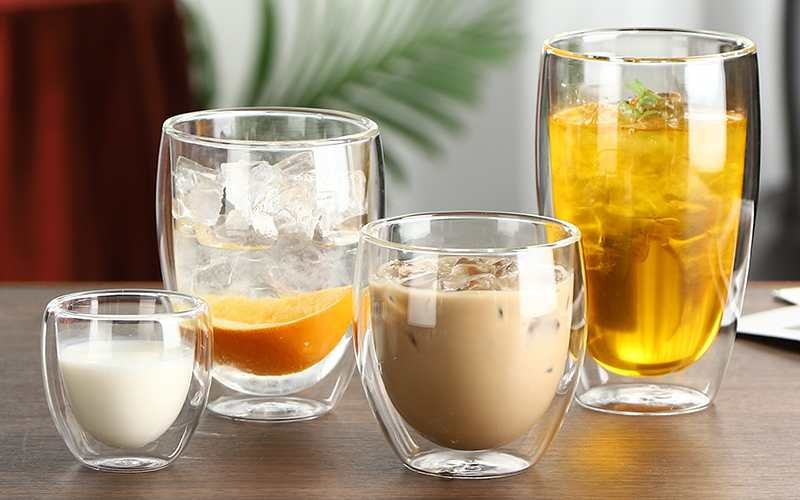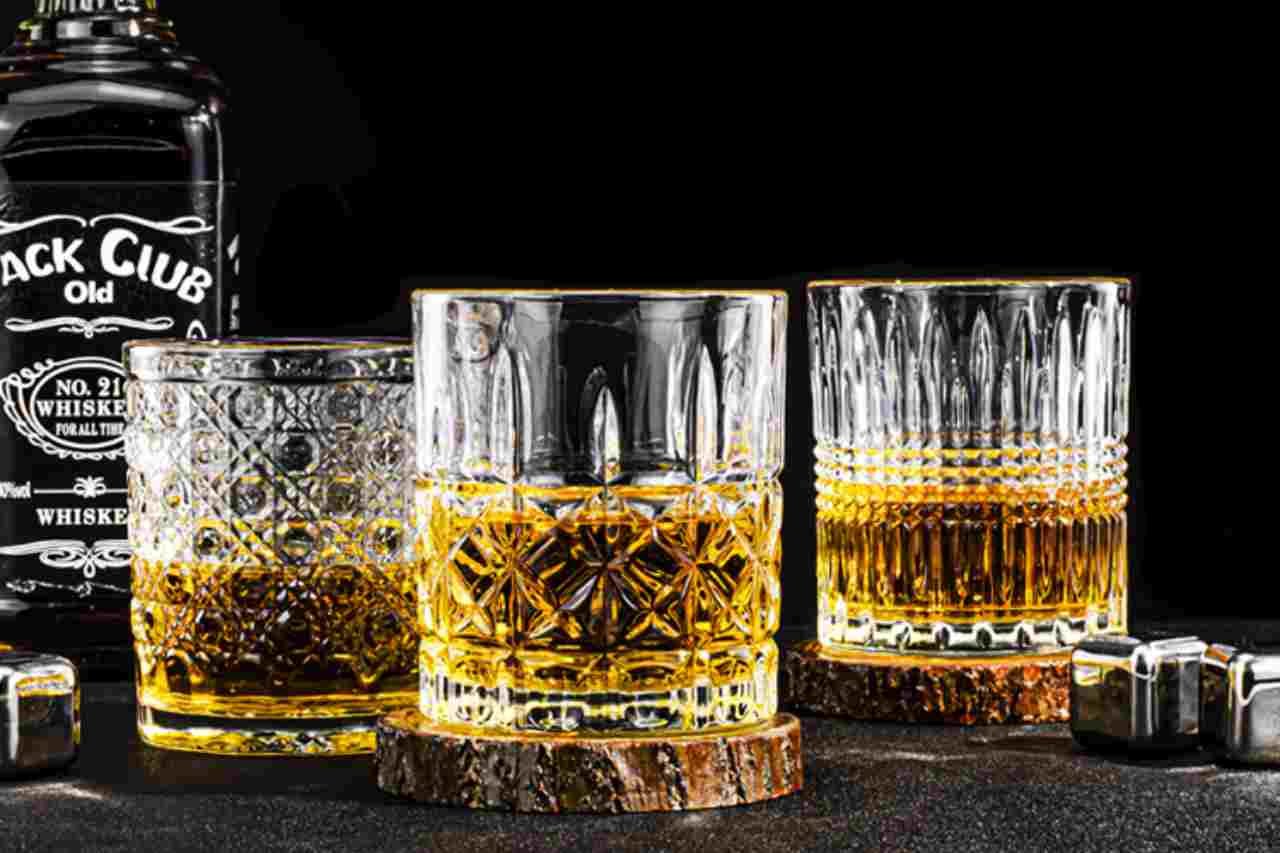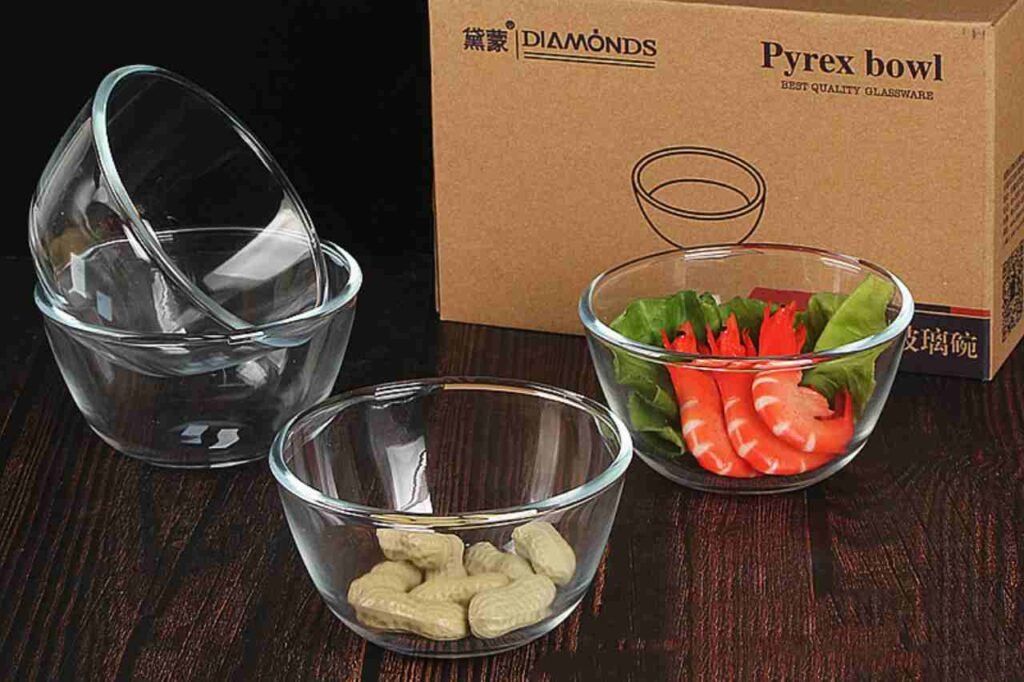
Can Glassware Go In The Oven?
DM glassware is keeping producing various glasses for many years.
Our main products are machine-made glasswares, glass cups, glass drinkwares and tablewares for home and kitchen use. Such glasses like glass tumblers, glass mugs, whiskey glasses, shot glasses, glass candy jars, glass bowls, beer glasses, etc.
As an expert in glassware industry, we would like to clear your doubts if glassware can go in the oven. This article will explain the reasons and how to choose the right glassware for your daily use.
Table of Contents
Introduction
When it comes to cooking and baking, understanding which types of glassware are safe to use in the oven is crucial. Using the wrong type of glassware can lead to breakage, potential injuries, and ruined meals.
Types of Oven-Safe Glassware
Borosilicate Glass Cup
Description: A borosilicate glass cup is made from borosilicate glass, which is a type of glass composed of silica and boron trioxide. This unique composition gives borosilicate glass its remarkable thermal resistance and durability.
Borosilicate glass cups are known for their ability to withstand extreme temperature changes without cracking or shattering. This makes them ideal for both hot and cold beverages, as well as for use in microwaves and dishwashers. The clarity and lightweight nature of borosilicate glass also add to its appeal, making it a popular choice for high-quality drinkware.

Double Wall Borosilcate Glass
Tempered Glass Cups
Tempered glass cups are made from ordinary glass through a specific processing technique. The main steps in the manufacturing process are:
Cutting Ordinary Glass: The ordinary glass is first cut into cup-sized pieces of the same dimensions.
Heating: The glass pieces are then placed into a tempering furnace and heated to temperatures above 700 degrees Celsius.
Rapid Cooling: After being heated to a high temperature, the glass is quickly cooled using air. This rapid cooling causes the internal structure of the glass to harden, resulting in the formation of tempered glass cups.

Tempered Glass Tumblers
Our DM Low Borosilicate Pyrex Bowls Series are commonly used for mixing ingredients, cooking in the oven and storing food in the refrigerator or freezer. They are oven safe and also microwave safe.
High borosilicate glass, due to the addition of boron oxide, helps the glass to resist high temperatures and chemical corrosion, and low borosilicate glass has a reduced boron content compared to high borosilicate glass, but still maintains heat resistance and durability.
Types of Non-Oven-Safe Glassware
Soda-Lime Glass
Soda-lime glass is the most common type of glass used in everyday products, which are also our main type of glasses we produced.
It is made from a mixture of silica, soda ash, and lime.

Common Uses and Limitations:
- Common Uses: Soda-lime glass is widely used for drinkware, food storage containers, and other glass products
- Limitations: Soda-lime glass is not designed to withstand high temperatures or sudden temperature changes. Using soda-lime glass in the oven can cause it to crack or shatter due to thermal shock.

Whiskey Glasses For Common Use
General Tips for Using Glassware in the Oven
Checking Manufacturer Guidelines
Before using any glassware in the oven, always check the manufacturer’s guidelines. Look for labels or information that specify whether the glassware is oven-safe. Manufacturers often provide temperature limits and specific instructions for safe use.
![]()
From Shutterstock.com
Avoiding Sudden Temperature Changes
Glassware is susceptible to thermal shock, which occurs when there is a rapid change in temperature. To prevent breakage:
- Preheat the Oven: Always preheat your oven before placing the glassware inside.
- Gradual Temperature Changes: Avoid moving glassware directly from the refrigerator or freezer to a hot oven. Let it come to room temperature first.
- Cool Down Gradually: After baking, allow the glassware to cool down gradually. Avoid placing hot glassware on cold or wet surfaces, which can cause it to crack.
Best Practices for Safe Use
- Use Oven-Safe Glassware: Only use glassware that is explicitly labeled as oven-safe, such as borosilicate or tempered glass.
- Proper Placement: Place the glassware on the middle rack of the oven to ensure even heating. Avoid placing it too close to heating elements.
- Monitor Cooking: Keep an eye on the cooking process to ensure that the glassware is not exposed to excessive heat or direct flames.
- Avoid Direct Contact with Heat Sources: Do not place glassware directly on stovetops, under broilers, or on open flames unless it is specifically designed for such use.
- Use Potholders and Oven Mitts: Always use potholders or oven mitts when handling hot glassware to protect yourself from burns.
FAQ
Look at the bottom of glass kitchenware and follow the instruction.
Common glasswares are not oven safe because of their heat resistance. If you put them into the oven, they will crack.
For example, our soda lime glasswares are made for common use, which are not oven safe.
No, mason jars are also made of soda lime glass. They are not oven safe.
DM Glassware is providing custom glasswares for various occasions.
Our main products are machine-made glasswares, glass cups, glass drinkwares and tablewares for home and kitchen use. Such glasses like glass tumblers, glass mugs, whiskey glasses, shot glasses, glass candy jars, glass bowls, beer glasses, etc.
We also recommend the most suitable packaging method based on different sales types, such as different display boxes, adding stickers, tags, etc.
Recent Posts


What Is Scotch Whiskey Glass?

Classic Tulip-Shaped Whiskey Tasting Glass


